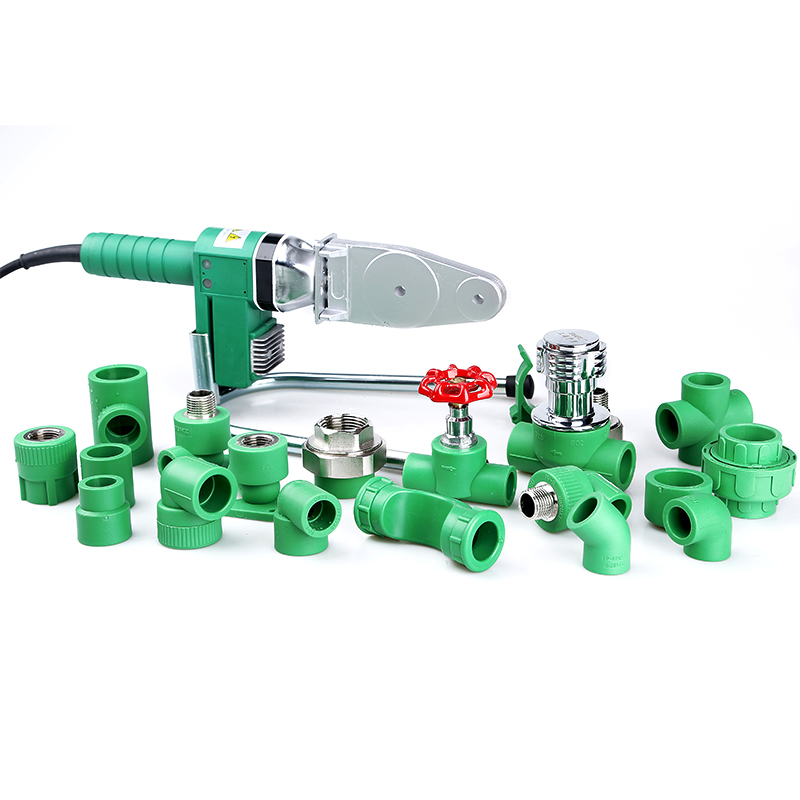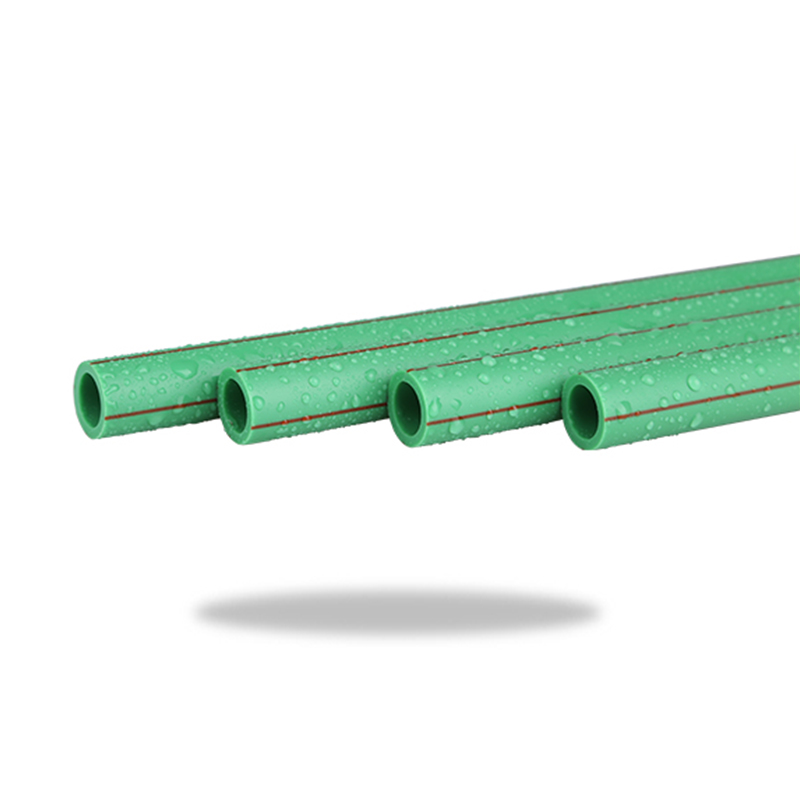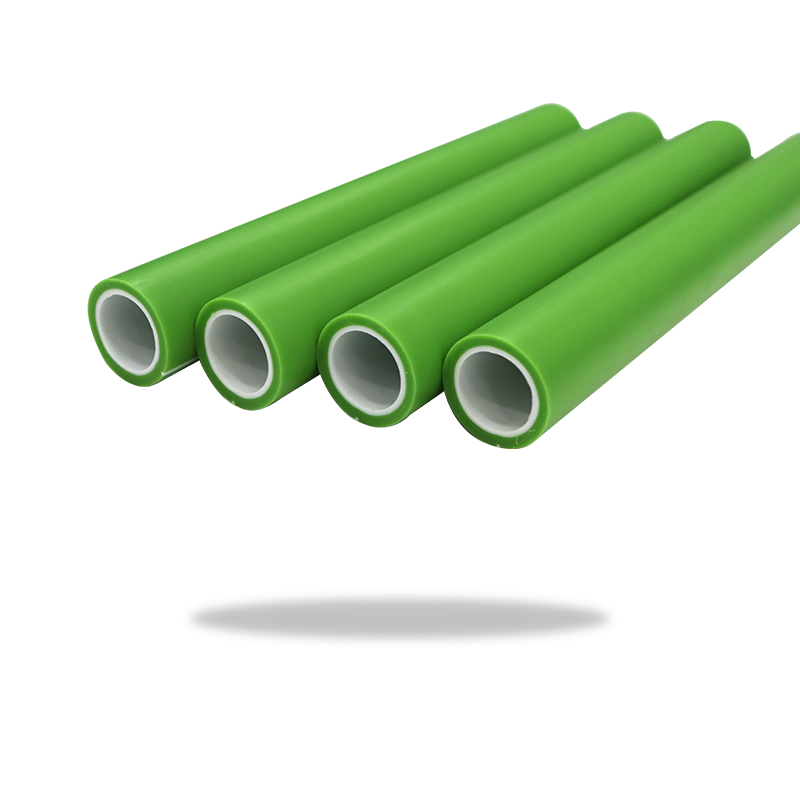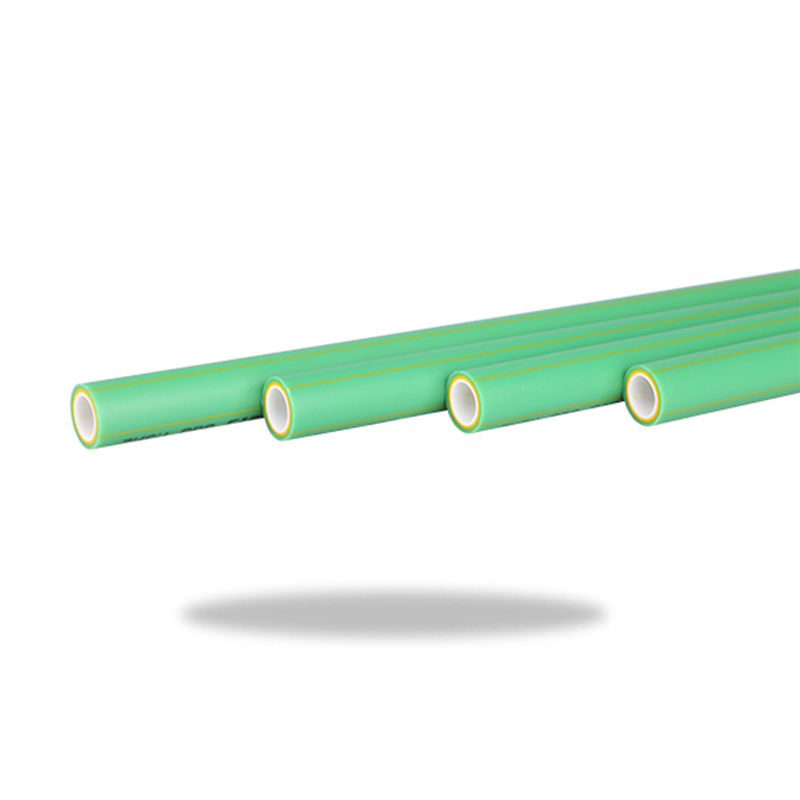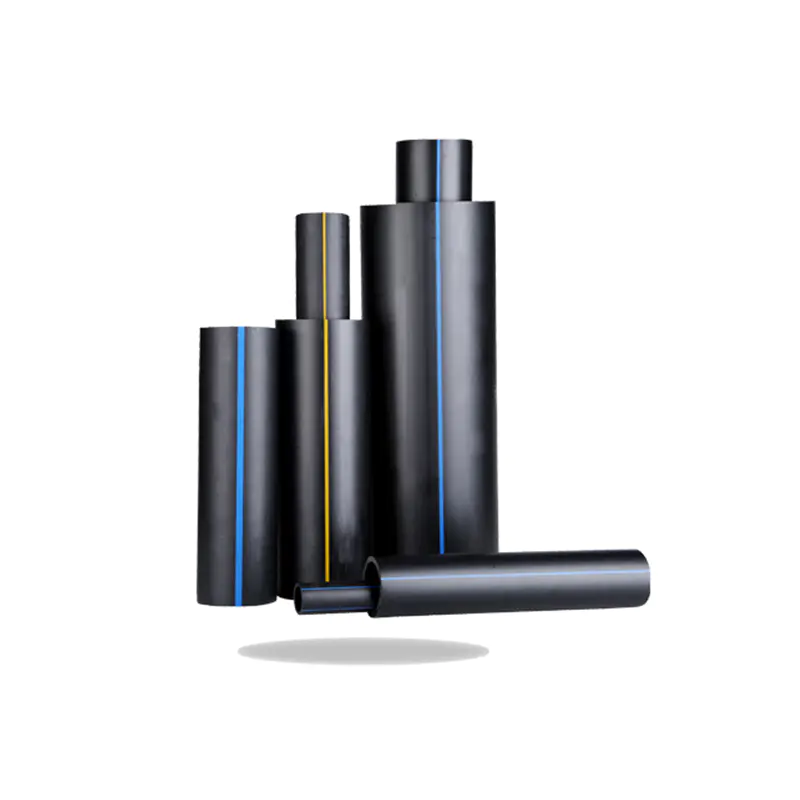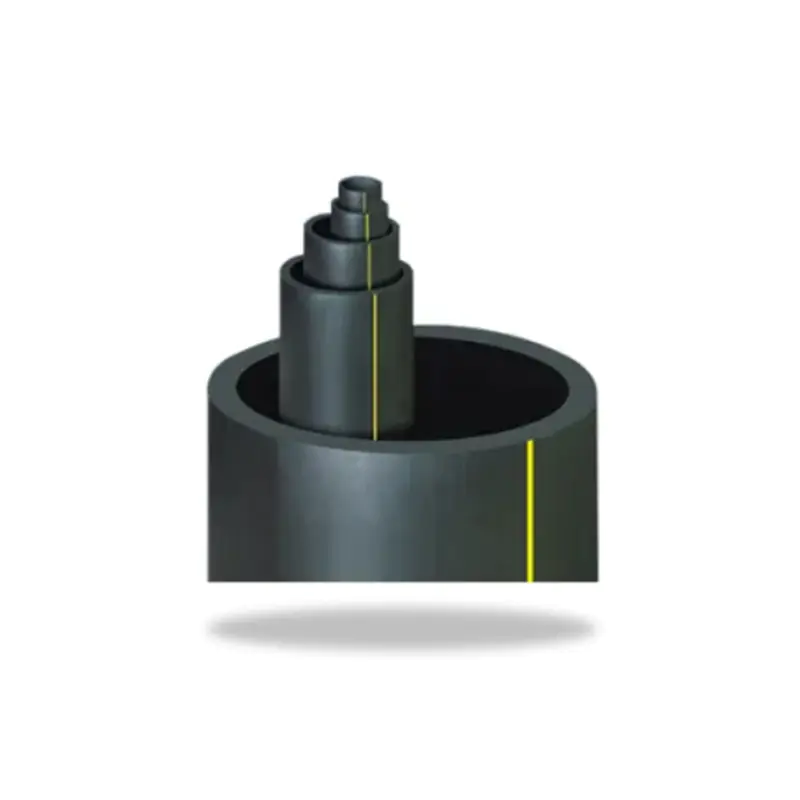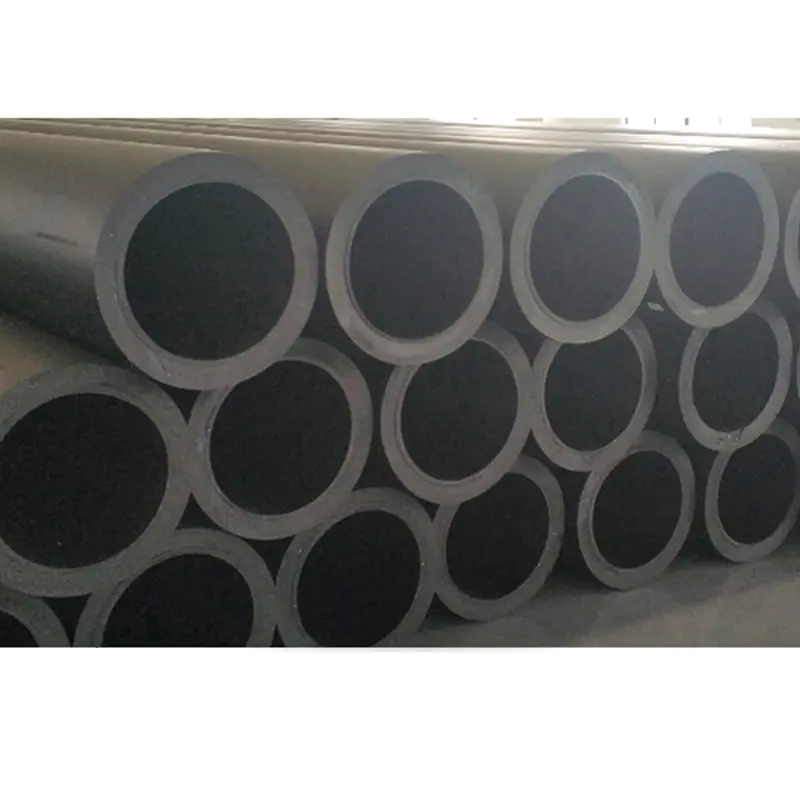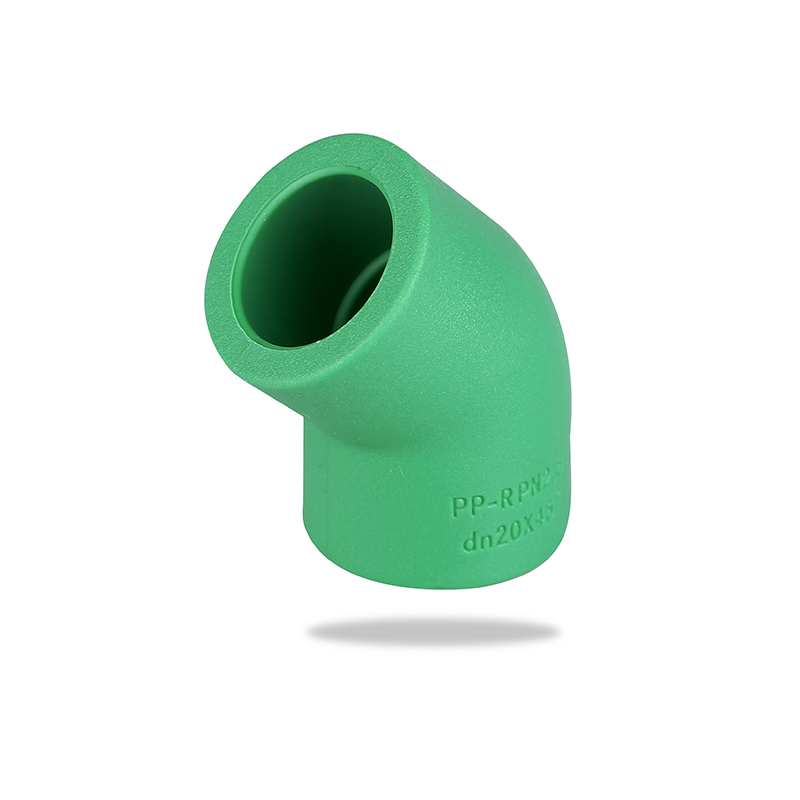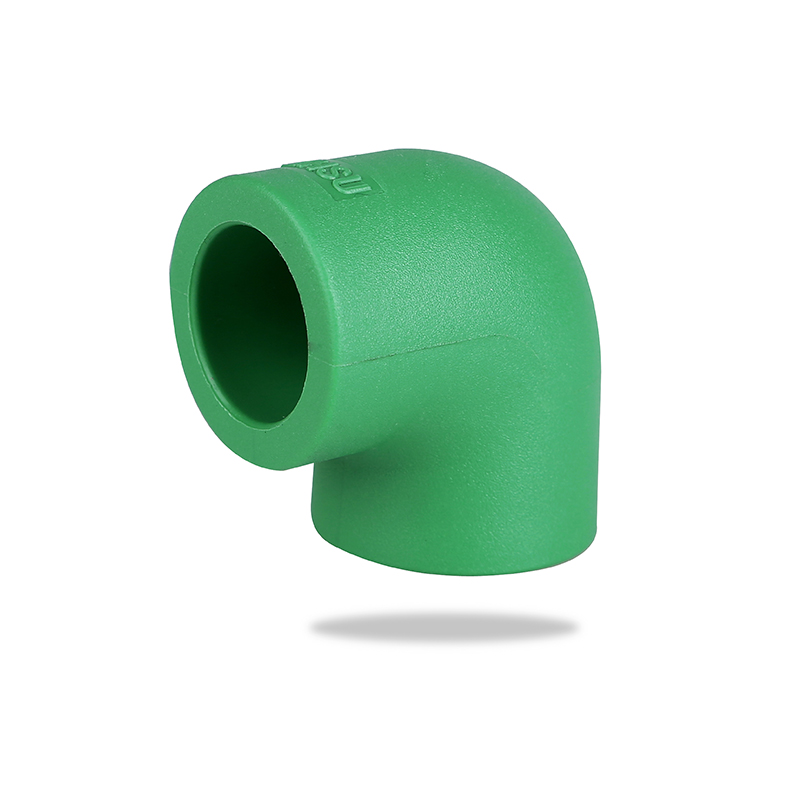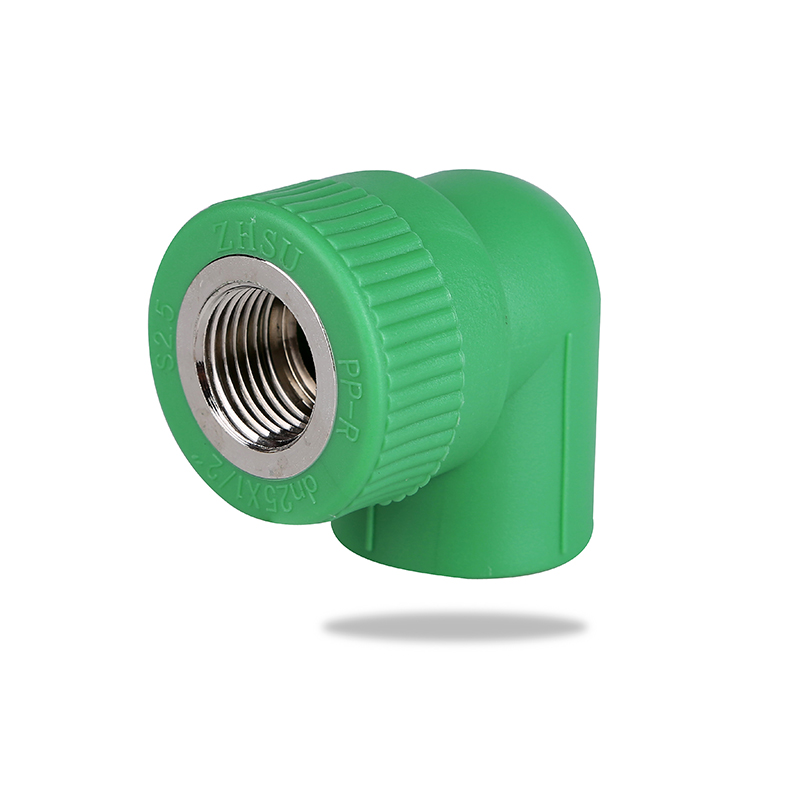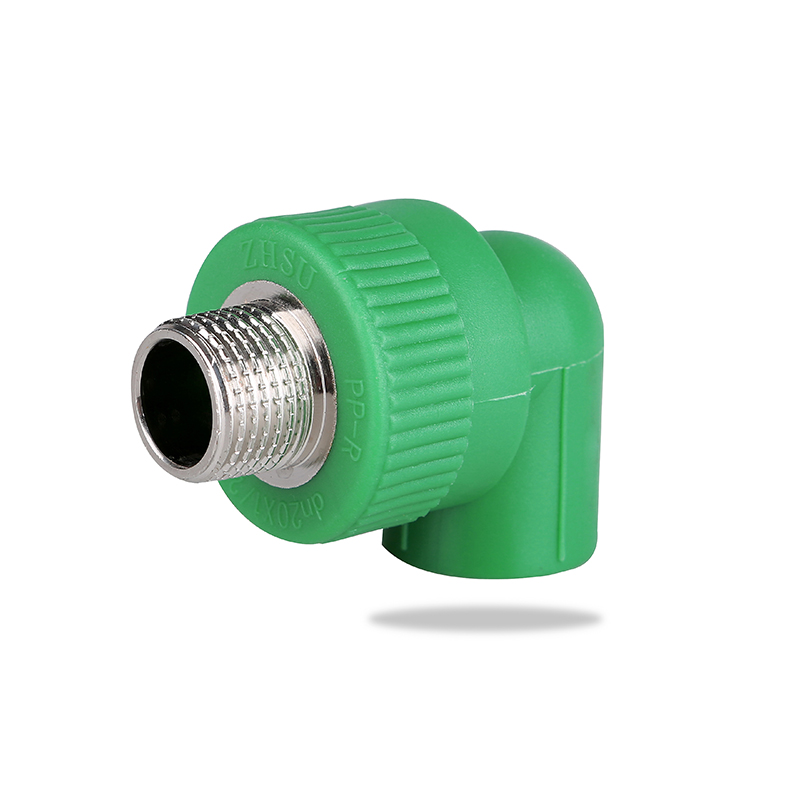Due to its excellent performance, PPR pipes have been widely used in building water supply and drainage, hot water transportation and industrial fluid transmission. However, for the long-term performance under high temperature and high pressure conditions, a comprehensive analysis is needed from the aspects of material properties, design parameters and actual application environment.
1. Temperature resistance of PPR pipes
The temperature resistance of PPR pipes is one of its core advantages, but its performance will be affected by both temperature and pressure. Here are the key points:
Temperature resistance range:
PPR pipes can usually work normally in the temperature range of 0°C to 95°C.
Below 70°C, PPR pipes can operate stably for a long time, and the service life can reach 50 years (according to the calculation of ISO 9080 standard).
When the water temperature approaches 95°C, the service life of PPR pipes will be significantly shortened, and may only last for 10-20 years.
Heat deformation temperature:
The heat deformation temperature of PPR pipes is generally around 130°C-140°C, but this is a short-term tolerance, and it should be avoided when used for a long time.
Coefficient of thermal expansion:
The linear coefficient of thermal expansion of PPR pipe is about 0.15 mm/m·°C, which is much higher than that of metal pipe. Therefore, in high temperature environment, the influence of thermal expansion and contraction on the piping system must be considered, and stress can be relieved by installing expansion joints or reasonable layout.
2. Pressure resistance of PPR pipe
The pressure resistance of PPR pipe is closely related to its wall thickness, temperature and service life. The following are key factors:
Pressure grade classification:
PPR pipe is usually divided into the following categories according to pressure grade:
PN10: Applicable to cold water system, with a maximum working pressure of 1.0 MPa.
PN16: Applicable to cold water and low-temperature hot water system, with a maximum working pressure of 1.6 MPa.
PN20: Applicable to medium-temperature hot water system, with a maximum working pressure of 2.0 MPa.
PN25: Applicable to high-temperature hot water system, with a maximum working pressure of 2.5 MPa.
Relationship between temperature and pressure:
As the temperature rises, the pressure bearing capacity of PPR pipe decreases. For example:
At 20°C, the maximum working pressure of PN20 pipe is 2.0 MPa.
At 70°C, the maximum working pressure of PN20 pipe drops to about 1.0 MPa.
At 95°C, the maximum working pressure of PN20 pipe is only about 0.6 MPa.
Long-term hydrostatic strength:
According to ISO 9080 standard, the long-term hydrostatic strength (LTHS) of PPR pipe is tested and calculated to ensure its long service life under different temperatures and pressures. For example:
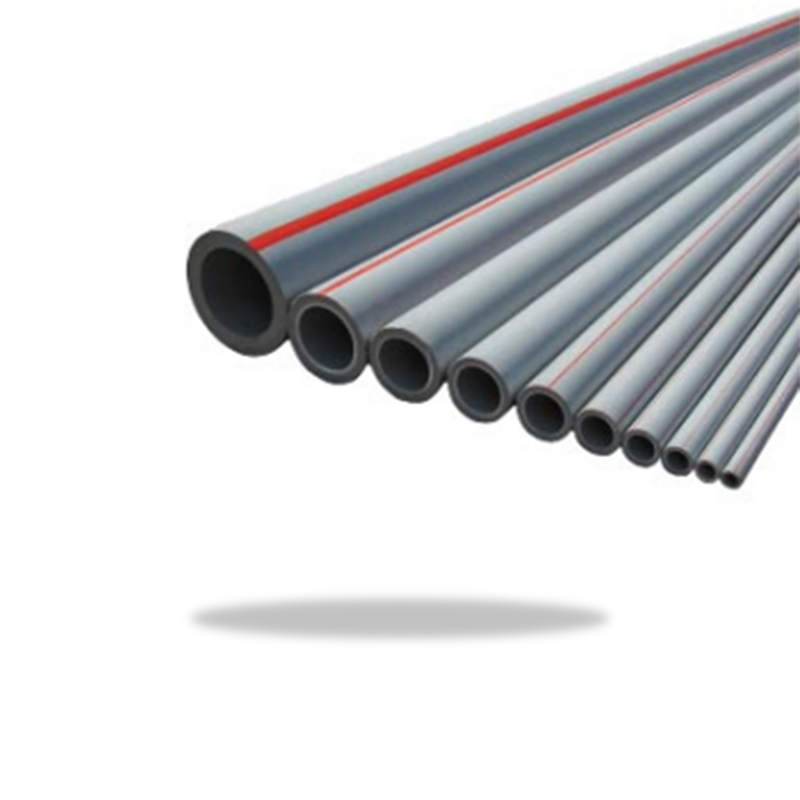
At 20°C and 2.0 MPa, the design life of PPR pipe is 50 years.
At 70°C and 1.0 MPa, the design life of PPR pipe can still reach 50 years.
3. Potential problems under high temperature and high pressure conditions
Although PPR pipes perform well under high temperature and high pressure conditions, some problems may still occur under extreme environments:
Creep phenomenon:
PPR is a thermoplastic material that will creep under long-term high temperature and high pressure, causing the pipe to gradually deform or even rupture. Therefore, sufficient safety margin must be left in the design.
Oxidation aging:
In a high temperature environment, if the water contains more oxygen, the PPR pipe may undergo oxidation aging, thereby reducing its mechanical properties and service life. For this reason, it is recommended to use PPR pipes with an oxygen barrier layer (such as EVOH layer) in hot water systems.
Reliability of joints:
PPR pipes are connected by hot melt to form an integral structure, but under high temperature and high pressure, the joints may become weak links. The welding quality directly affects the long-term stability of the system, so it must be strictly operated in accordance with the specifications.
4. How to improve the performance of PPR pipes under high temperature and high pressure
In order to ensure the long-term and reliable operation of PPR pipes under high temperature and high pressure conditions, the following measures can be taken:
Select a suitable pressure grade:
Select an appropriate PN grade according to the actual working conditions, and leave a certain safety margin. For example, PN20 or PN25 pipes are preferred in high-temperature hot water systems.
Optimize pipeline design:
Rationally arrange the pipeline direction to avoid stress concentration caused by thermal expansion and contraction.
Install expansion joints or fixed brackets to reduce the impact of thermal expansion on the pipeline system.
Use oxygen-blocking pipes:
Use PPR pipes with oxygen-blocking layers in hot water systems to prevent oxygen penetration from causing corrosion of the inner wall of the pipeline or microbial growth.
Regular maintenance:
Perform regular inspections of the pipeline system, especially the joints, to promptly detect and repair potential hazards.
The long-term performance of PPR pipes under high temperature and high pressure conditions is generally reliable, but its performance will decrease with the increase of temperature and pressure. In order to ensure the stability and safety of the system, it is necessary to select the appropriate pressure level according to the actual working conditions, and take scientific design and construction measures. In addition, the application of PPR pipes in hot water systems also requires special attention to oxidation and aging problems. It is recommended to use oxygen-blocking pipes to extend the service life.

 简体中文
简体中文 English
English русский
русский Español
Español Français
Français عربى
عربى Português
Português 日本語
日本語 italiano
italiano Nederlands
Nederlands Polskie
Polskie
